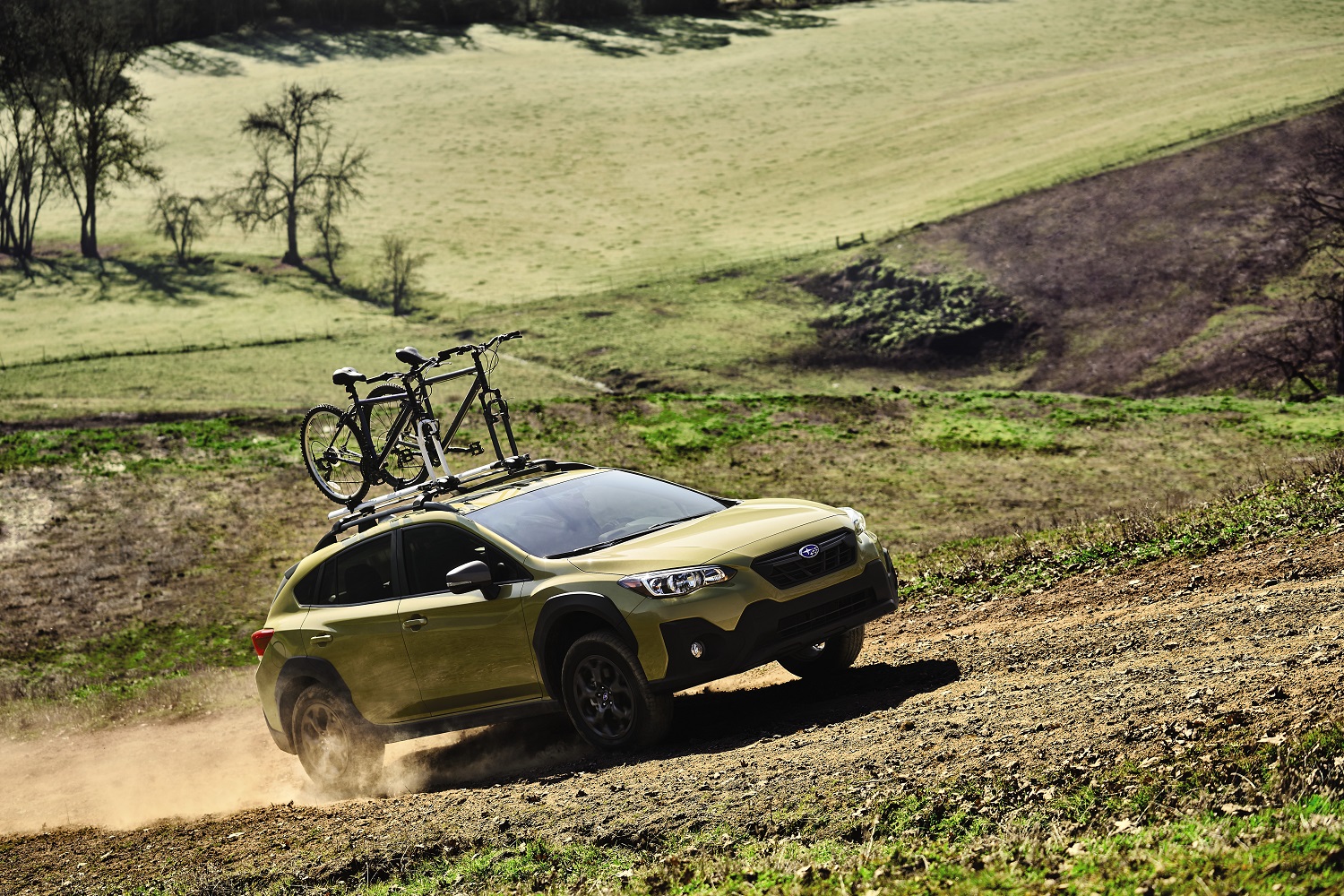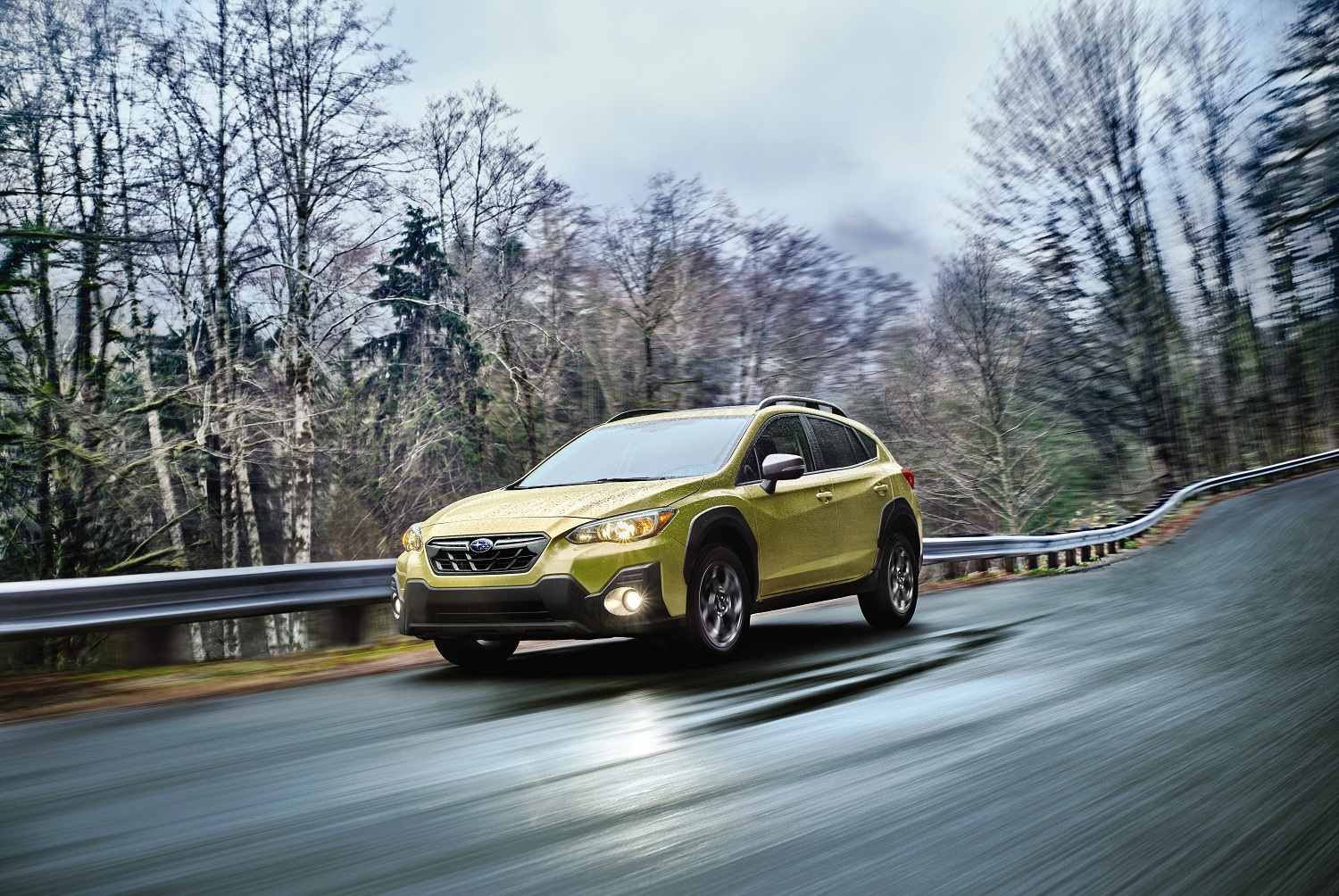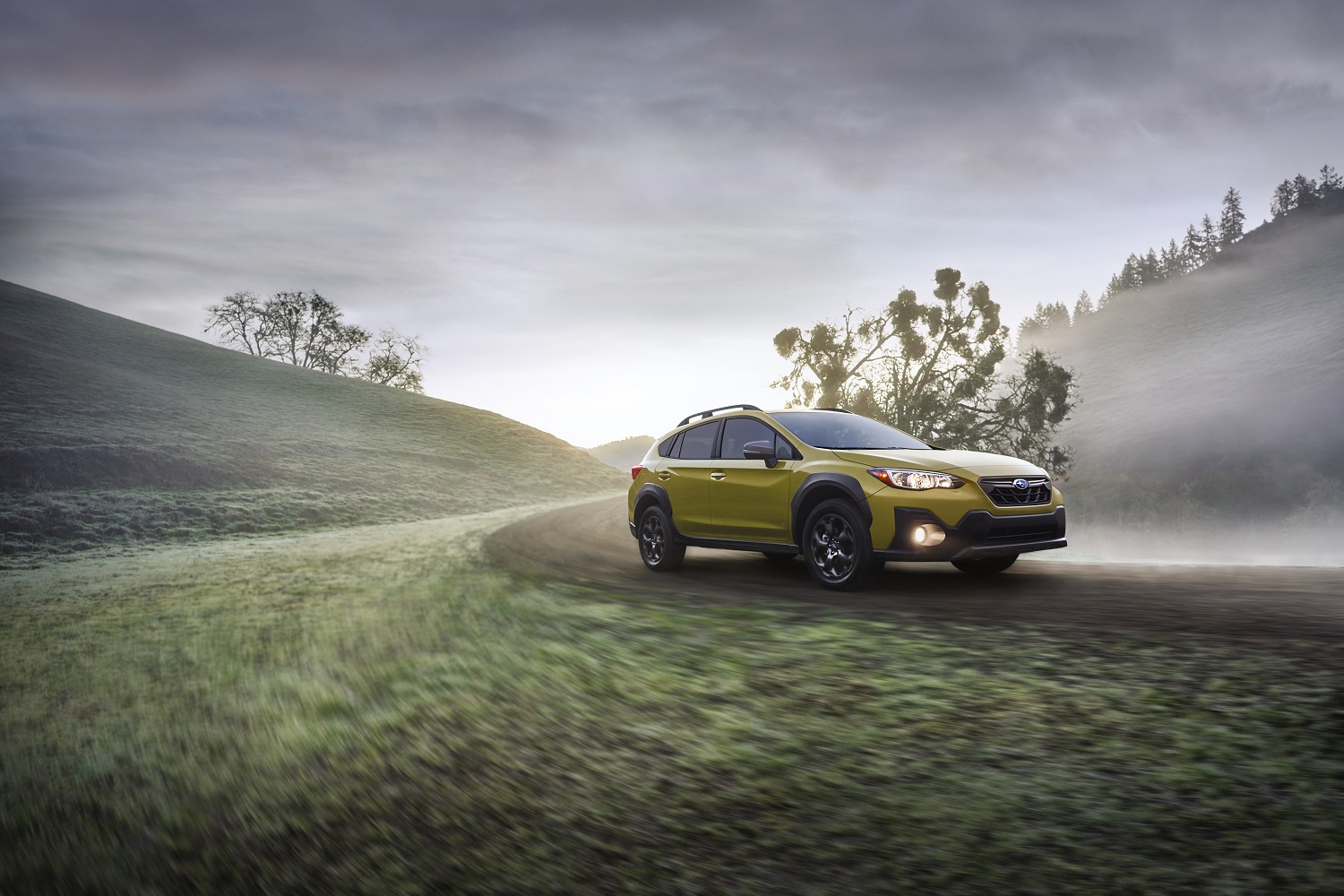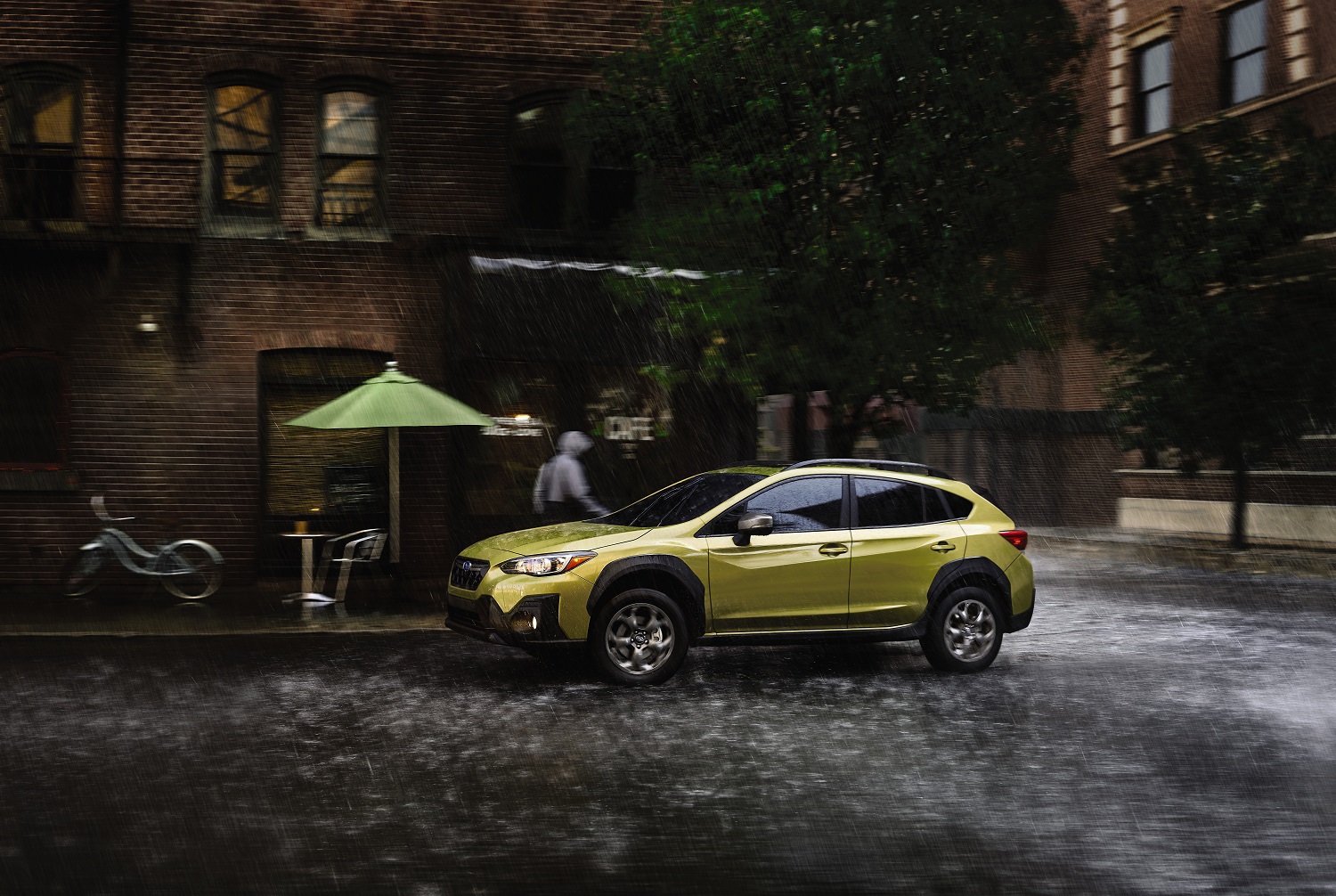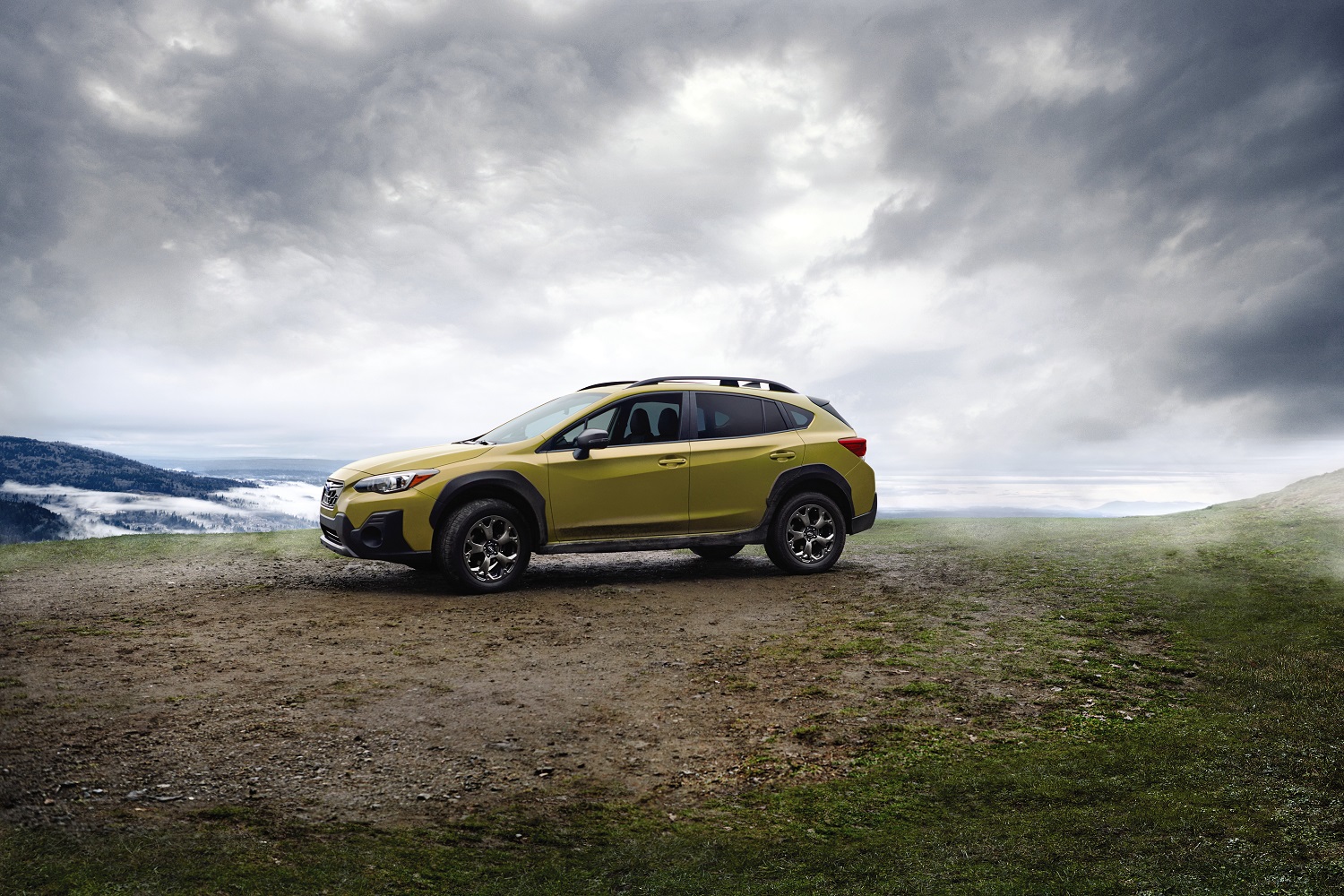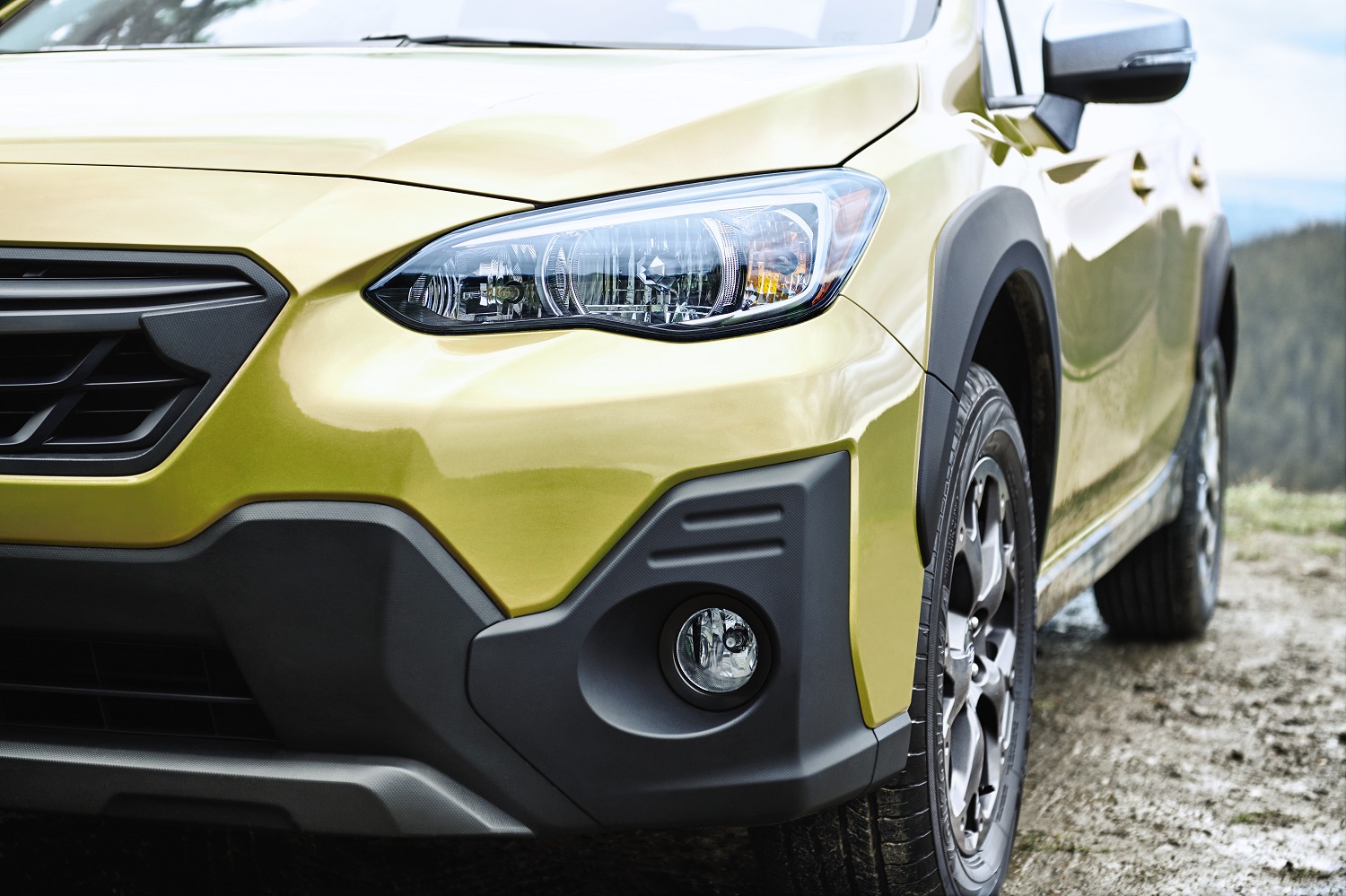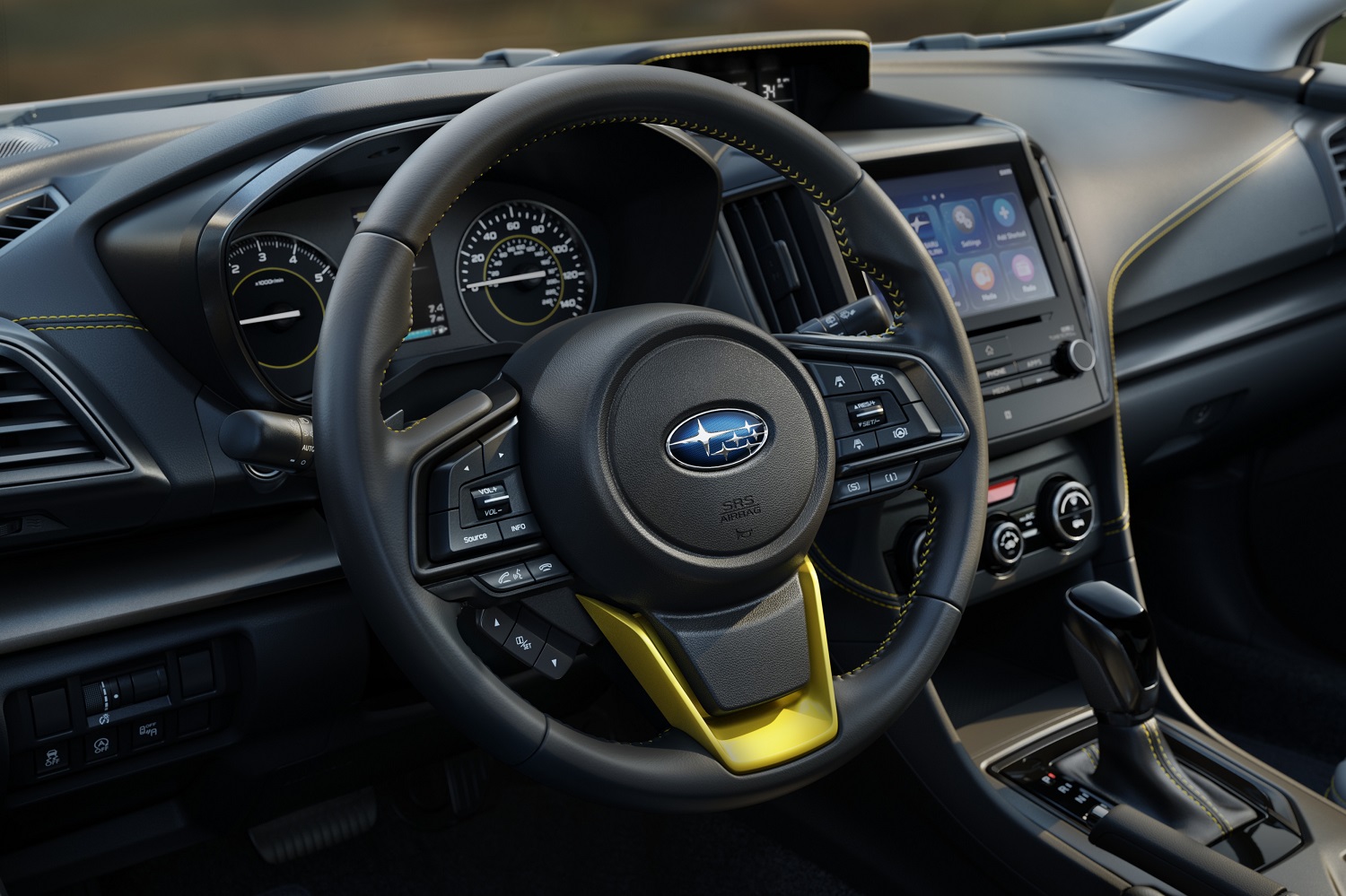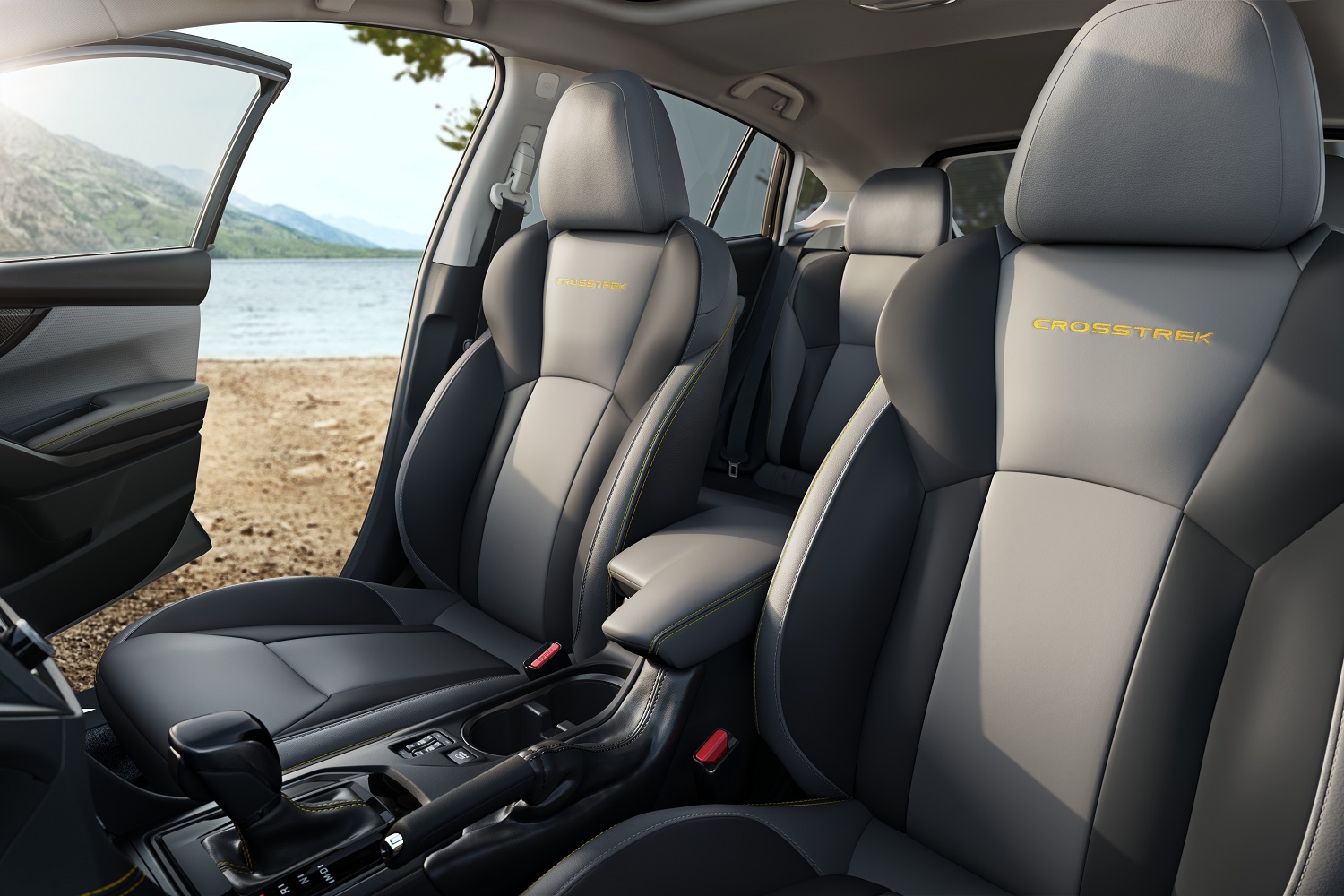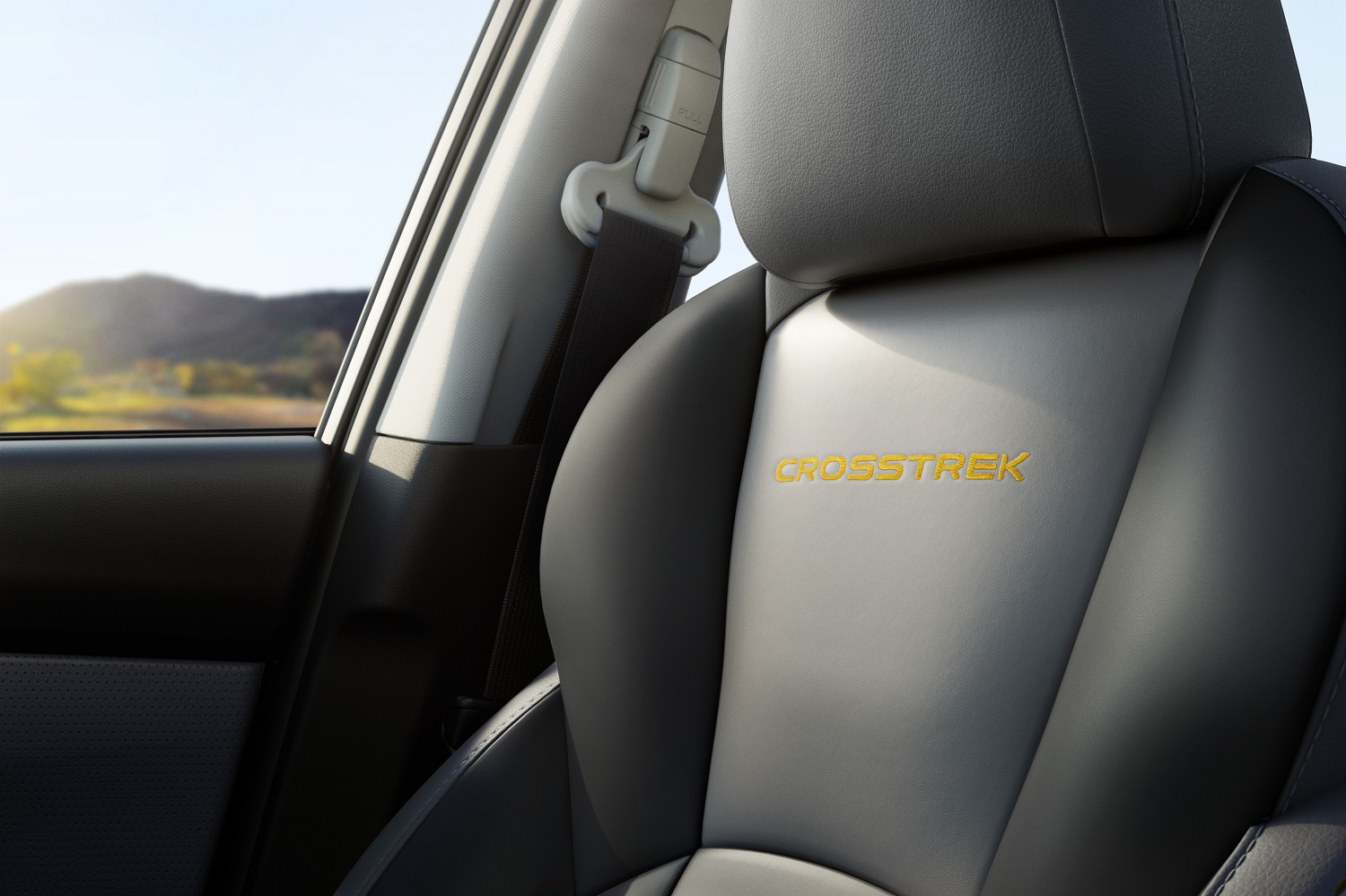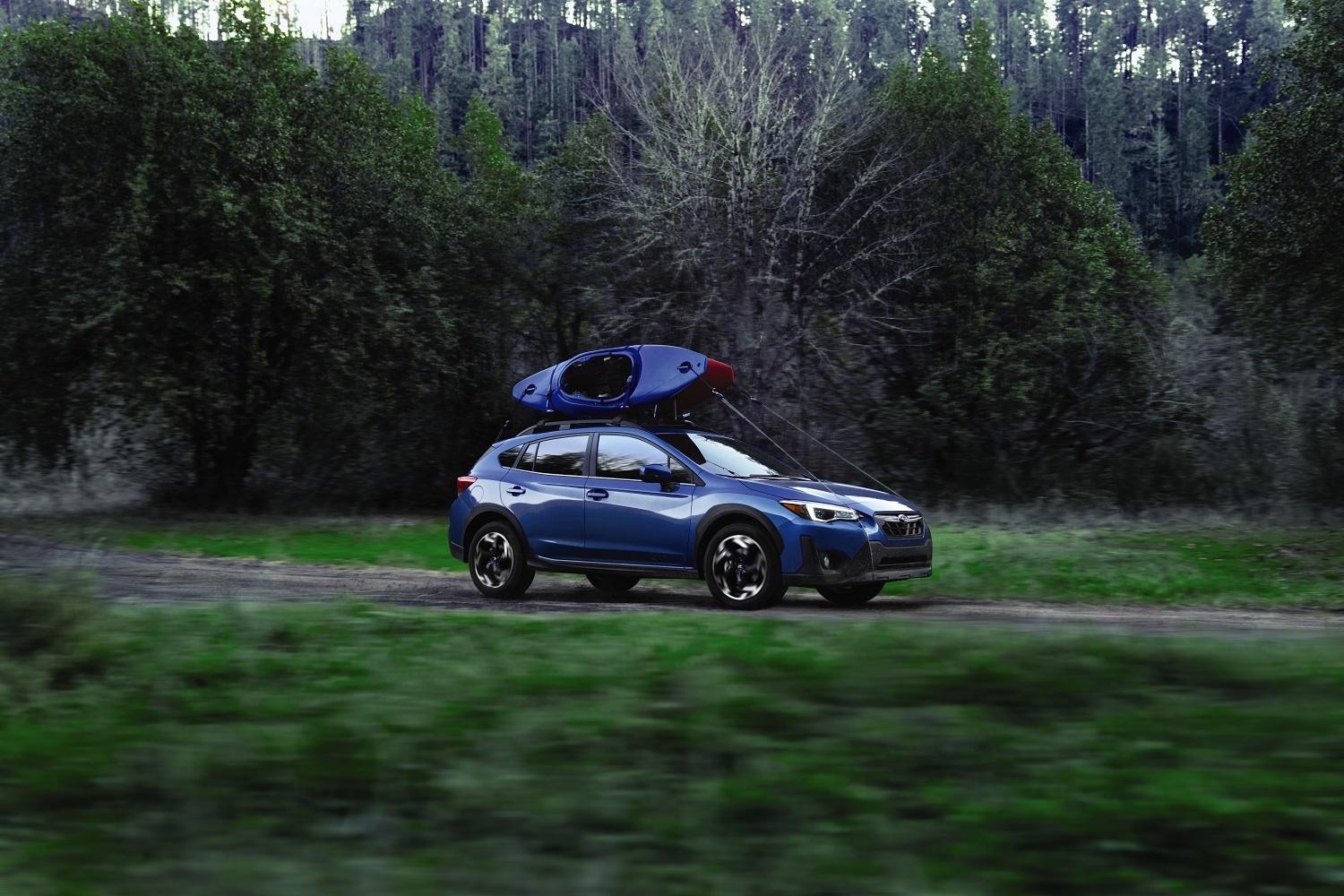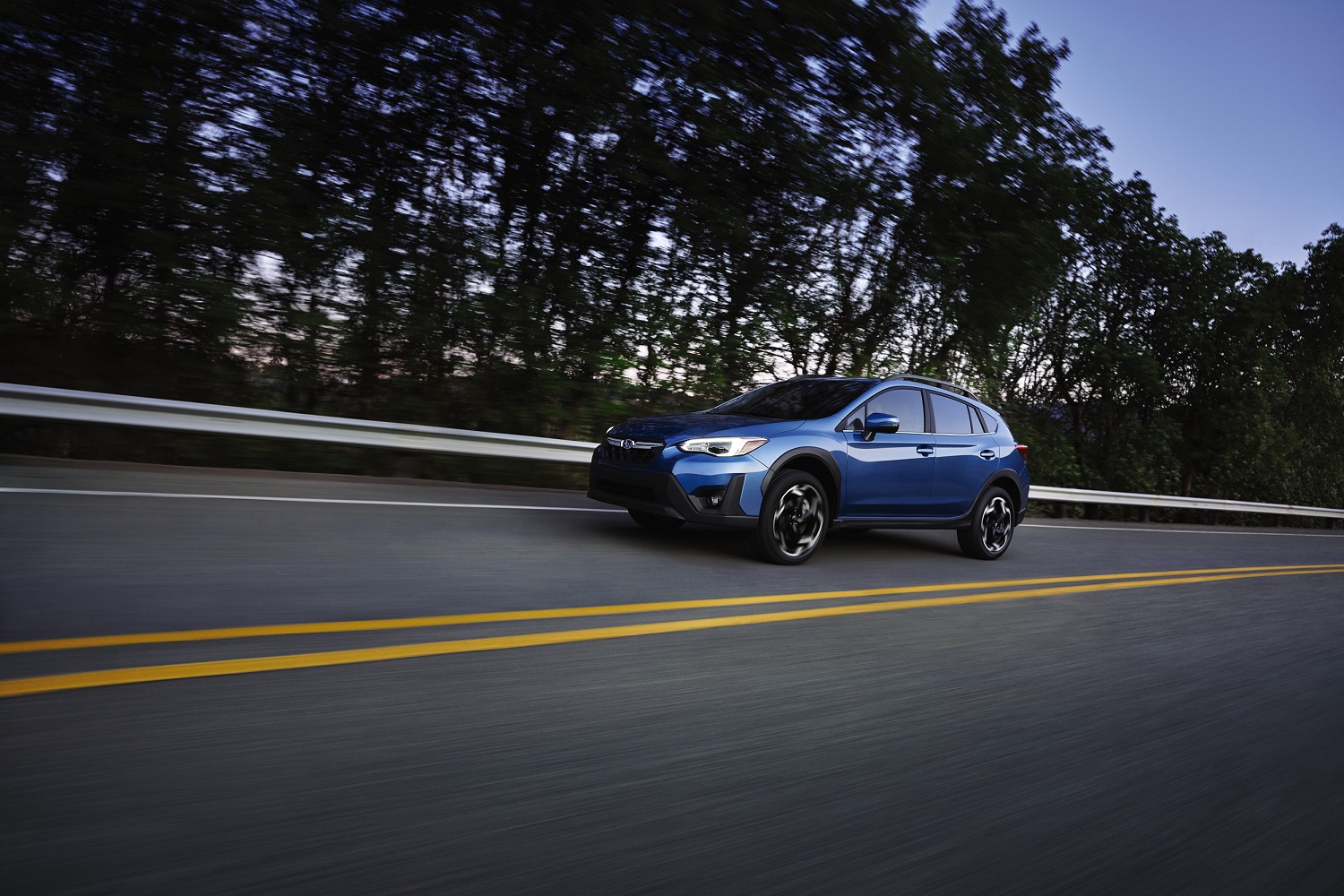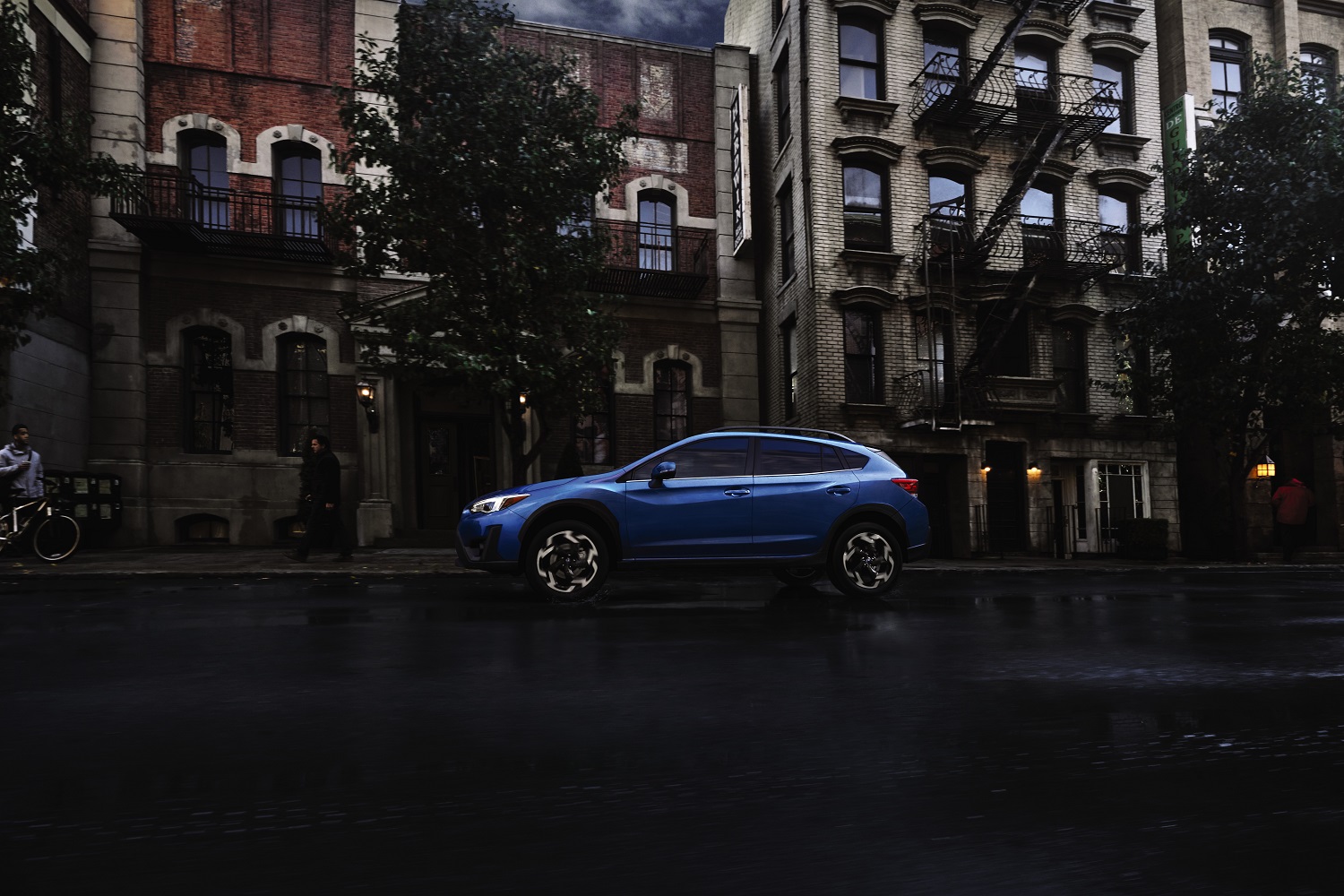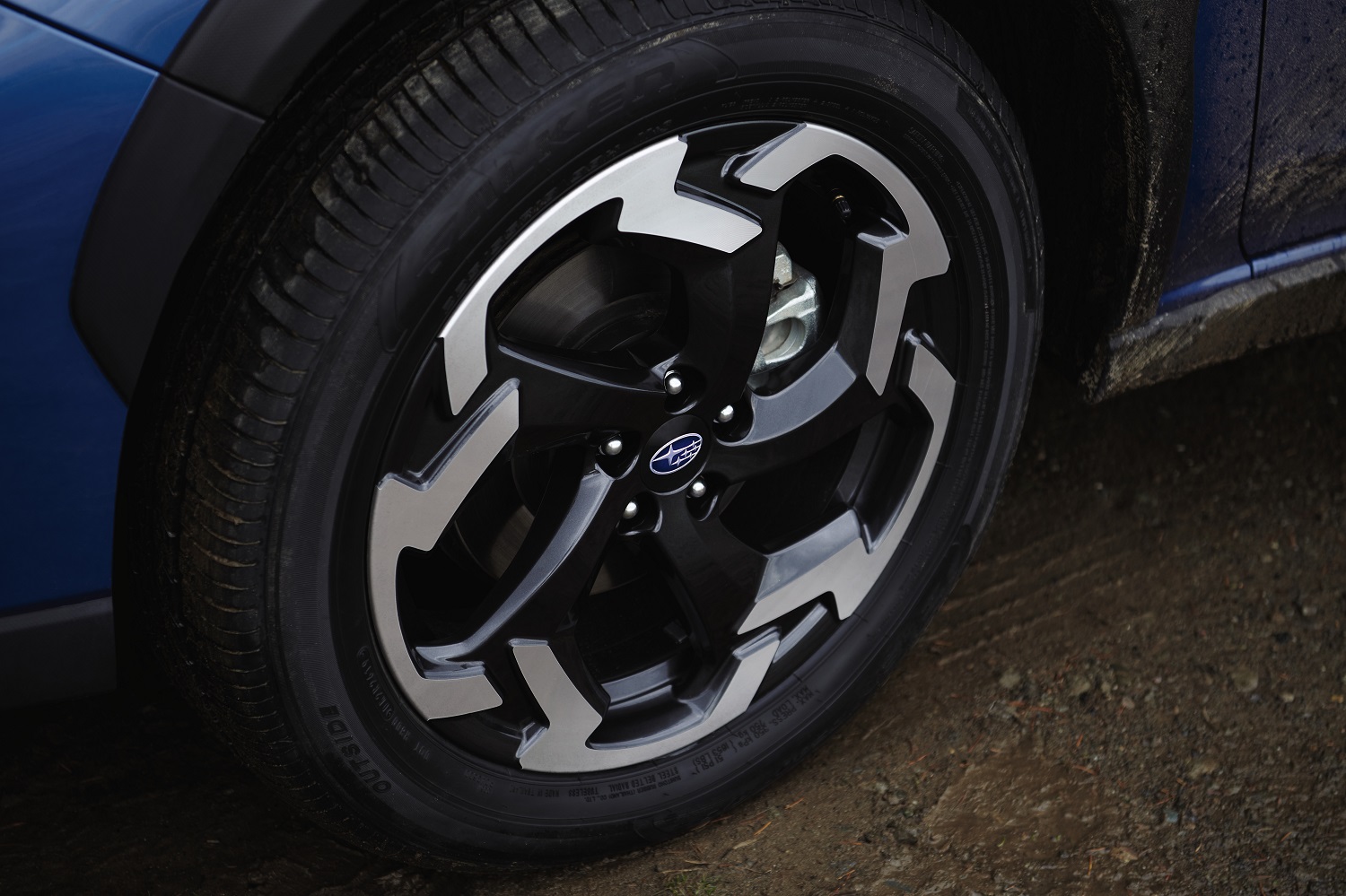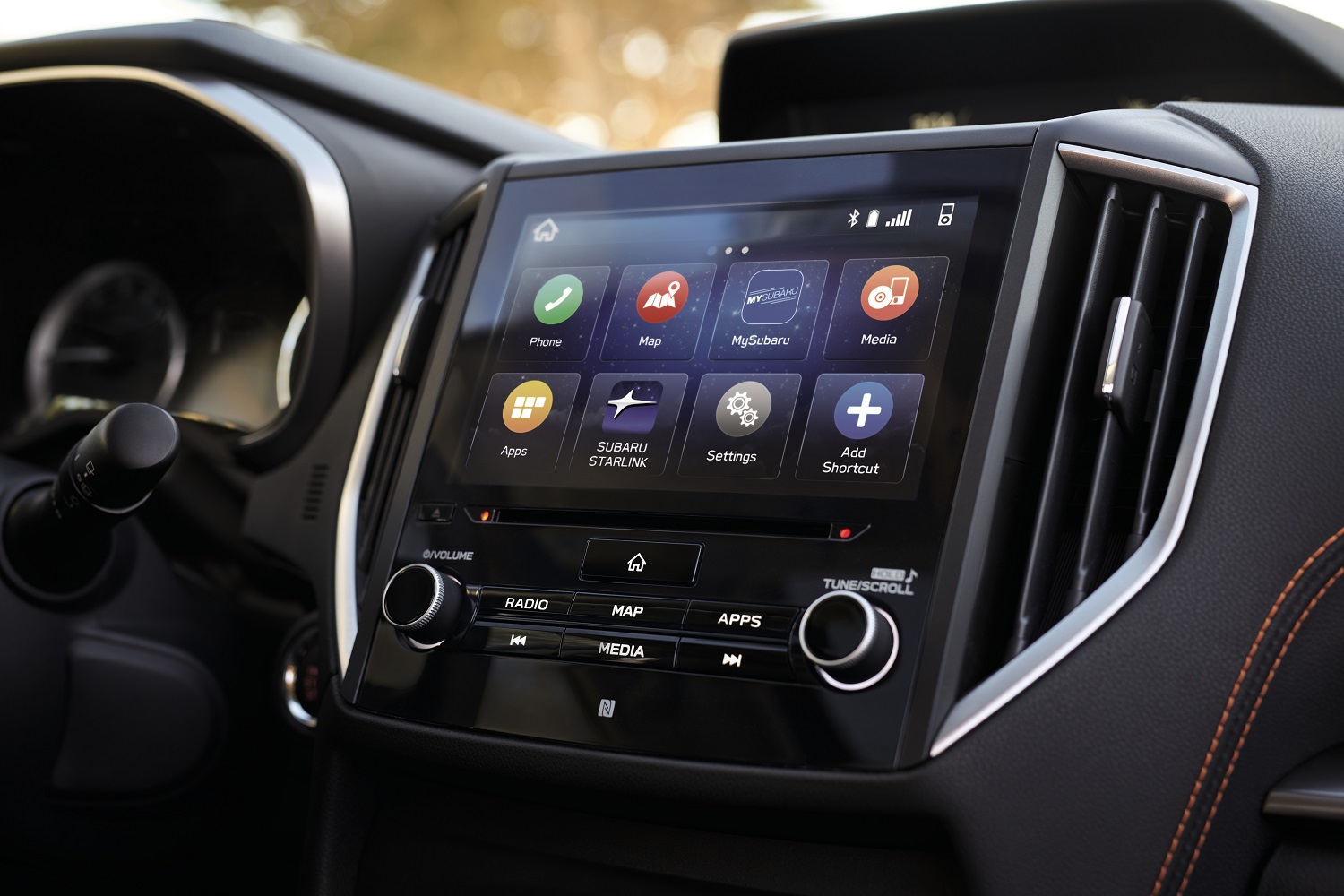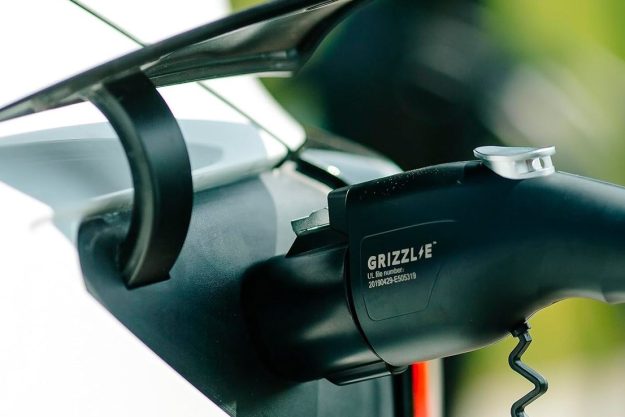Subaru finally addressed one of the biggest complaints motorists voiced about the Crosstrek by adding a bigger, more powerful engine to the range. The updates made for the 2021 model year also include a sharper-looking design, a new trim level named Sport, and more electronic driving aids on the list of standard equipment.
You’ll be sorely disappointed if you’re hoping Subaru spliced WRX STI genes into the humble Crosstrek, but the upgrade is nonetheless noteworthy. Sport and Limited trim levels are now available with the 2.5-liter flat-four engine that already powers the Forester and the Outback. It delivers 182 horsepower and 176 pound-feet of torque to the four wheels via a continuously variable transmission (CVT) and Subaru’s time-tested symmetrical all-wheel drive system. The Environmental Protection Agency (EPA) rated the 2.5’s fuel economy at 27 mpg in the city, 34 mpg on the highway, and 29 mpg in a combined cycle.
In comparison, the smaller 2.0-liter flat-four that has equipped the second-generation Crosstrek since its introduction in 2017 wheezes out 152 hp and 145 lb-ft. of torque. It’s bolted to either a six-speed manual or a CVT, and its fuel economy figures check in at 28, 33, and 30, respectively. It’s not going away; it will continue to power the base and Premium trim levels in the foreseeable future. Subaru made no mention of the Crosstrek Hybrid.
Built for adventure, the Crosstrek Sport gains dual-function X-Mode technology with Hill Descent Control (which is like cruise control for off-road applications) plus snow/dirt and deep snow/mud settings that modify parameters in the all-wheel drive system to keep you moving and pointed in the right direction. It has a generous 8.7-inch ground clearance, and Subaru engineers are betting buyers will happily put it to the test. The Crosstrek Sport also gets an array of model-specific trim pieces, 17-inch alloy wheels, and StarTex upholstery with yellow stitching.
Models equipped with the CVT come standard with Subaru’s EyeSight suite of electronic driving aids. It includes advanced adaptive cruise control with lane centering (a new feature for the 2021 model year), automatic pre-collision braking, pre-collision throttle management, and lane departure prevention, among others. Seven airbags keep you and yours safe, and the Crosstrek can even warn you if you’ve left a kid or a pet in on the rear seat.
The 2021 Subaru Crosstrek will begin reaching showrooms across the United States late in the summer of 2020. Pricing information will be released in the weeks leading up to its on-sale date. It’s reasonable to assume variants equipped with the 2.5-liter engine will command a price premium over the less powerful versions. For context, the 2020 Crosstrek starts at $22,145 before a mandatory $1,010 destination charge enters the equation.
Editors' Recommendations
- 2024 Polestar 2 gets a major overhaul for the 2024 model year
- 2021 Subaru Outback vs. 2021 Subaru Forester
- Honda Clarity Electric gets unplugged, won’t return for new model year
- 2021 Tesla Model Y vs. 2021 Ford Mustang Mach E
- Nissan unveils its next-gen technology, including a virtual reality passenger

